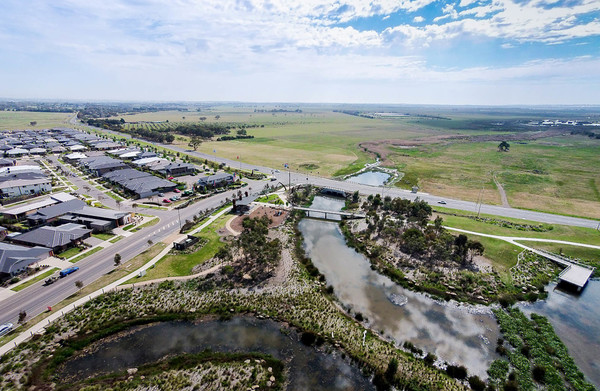Australia’s largest capital city exodus on record, amid COVID-19, has prompted renewed calls for infrastructure spending in Geelong and surrounding regions.
Provisional Australian Bureau of Statistics (ABS) internal migration data released on Tuesday showed the nation’s capital cities had a net loss of 11,200 people between July and September 2020, the largest since records began in 2001.
Greater Melbourne had a net loss of 7400 people, including 4700 people to the rest of Victoria.
Melbourne had an even greater net loss of 8000 the previous quarter, including 5900 to the rest of the state.
While the ABS has yet to release local migration data, multiple real estate agents have previously told the Independent that their inquiries from potential Melbourne-based buyers have doubled.
An influx of Melbourne buyers has also driven house prices up in Geelong and the Surf Coast by 7.7 and 15.5 per cent respectively, according to the Real Estate Institute of Victoria.
Newly-appointed chief executive of regional alliance G21, Giulia Baggio, vowed to vigorously pursue funding for infrastructure projects amid the population surge.
She pointed to G21’s regional growth strategy, released in 2013, which looks forward to 2050.
“[It sets] out where growth can take place sustainably and, importantly, where it should not,” she said.
The document outlines road, rail, health, education, community and sustainability infrastructure needed to create jobs while preserving the region’s character and environment, according to G21.
“The G21 councils and community members have vigorously pursued these initiatives and will continue to do so, especially with the upsurge of people now wanting to make the region home,” Ms Baggio said.
She noted Geelong council’s planned northern and western growth areas, set to house 110,000 residents by 2050, and the 6500-home Bannockburn growth area.
“The G21 region is well-prepared and better positioned than many others to handle a surge in city-to-region migration, which brings opportunities as well as challenges,” she said.
“Our diverse region is highly regarded for its liveability and was already attracting new residents and businesses before the pandemic.”






